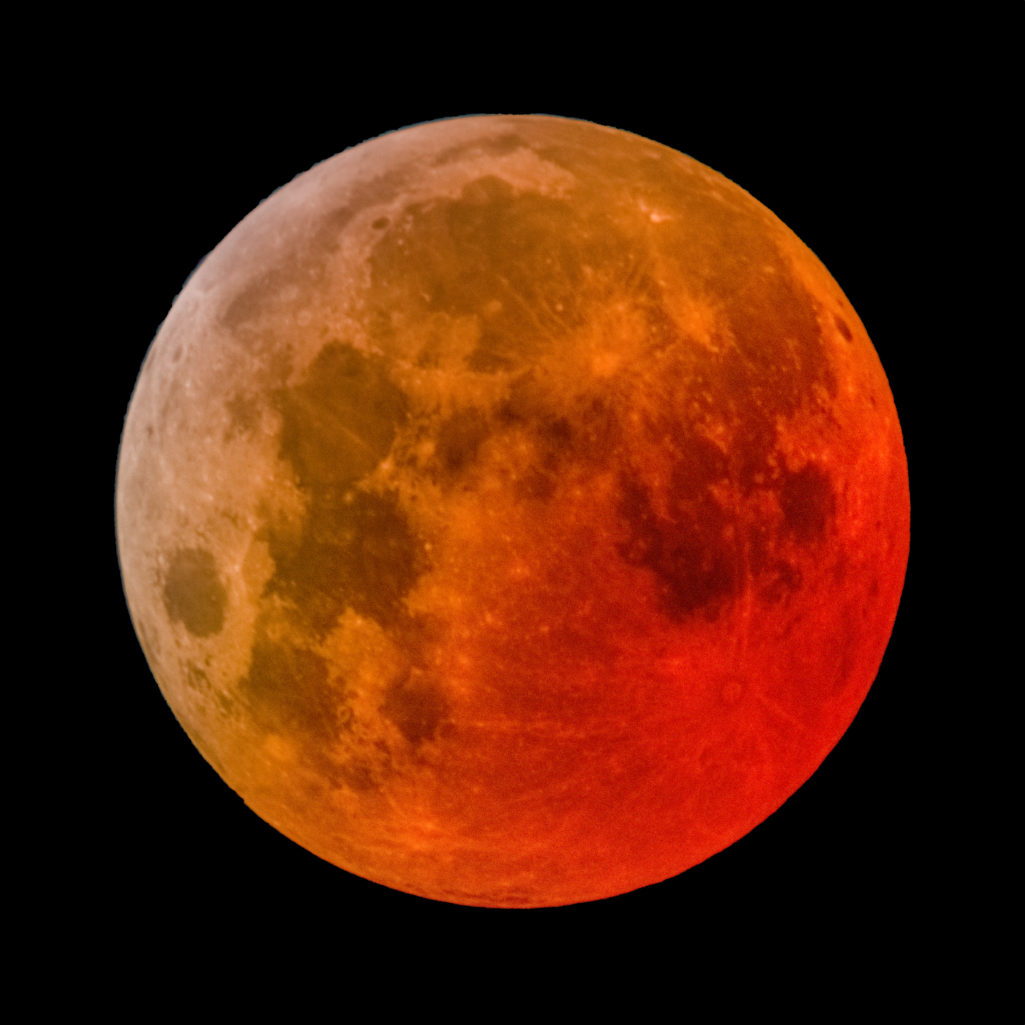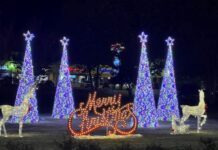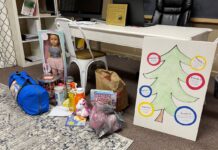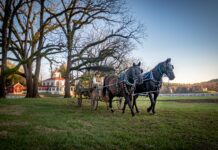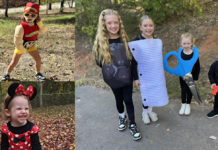
This week’s adventure is going to be a little different.
It’s been nearly a month since the lunar eclipse on the early morning hours of November the 8th. I spent a couple hours that morning taking photographs of the eclipse, and I’ve spent the past month processing those images in between work and other adventures. I thought about just sharing the finished product, but where’s the fun in that? Why not show the ugly stuff too.
My telescope of choice is a Celestron 130EQ. It is a classic Newtonian reflector telescope that is excellent for viewing the planets and deep sky objects as well. I have it on a tracking mount to track the stars and make astrophotography a bit easier. Unfortunately, the telescope and my camera don’t get along very well. This is largely a product of poor research on my end before buying. When directly attached the camera won’t focus on what the telescope is seeing thanks to Sony’s mirrorless design. Normally this design is fantastic, but not so much when you have a telescope like mine.
So what did I do? I went to work on the adapter. I sawed it in half and reattached the ends, a project my 1.5 year old son was fascinated by. This still wasn’t quite enough, but when hooked up to a 2x Barlow Lens (a “zoom” adapter for the telescope) I could finally focus on a decent sized area of the sky, almost big enough to shoot the entire moon at once. Almost.
Anyone who saw the eclipse knows that it was both low in the sky and dim. All lunar eclipses are dim, but the combo of eclipse and low sky angle made this one appear even darker. This means that without a longer exposure you won’t be able to get a particularly good photograph. One way to overcome this is taking a lot of photos at once. This can increase the detail and make editing better. The image below is an average of 20 separate 1 to 3 second images taken over the course of a few minutes about 1/4 of the way through the eclipse.
Not very pretty is it? Dark, right? And not to mention it’s not even the whole moon. Remember when I said I could *almost* get the whole moon in one shot? This is what I meant. Here’s the other half.
So far I’m 40 images and probably 30 minutes of processing time as my feeble old laptop merges and stacks the images. Next comes making the whole moon and editing. A quick export to light room, a few clicks and….
Well that sort of worked. I now have the whole moon, you can see some detail, but the overall image is still pretty dark, and for some reason the moon is shaped like an egg.
A few more clicks, some trial and error and…
There we go! A much better view of the moon and it’s round this time instead of shaped like an egg.
To date this is by far the best photograph I have ever gotten of a lunar eclipse. It was a fun first attempt and I will hopefully be more seasoned by the time the next one comes around in 2025.
I hope you enjoyed this foray into photo processing.
I’ll be back next week with a trip to one of my favorite places in the southeast: Linville Gorge.
Have a great week, and perhaps I’ll see you on the road…..




